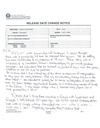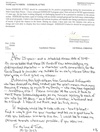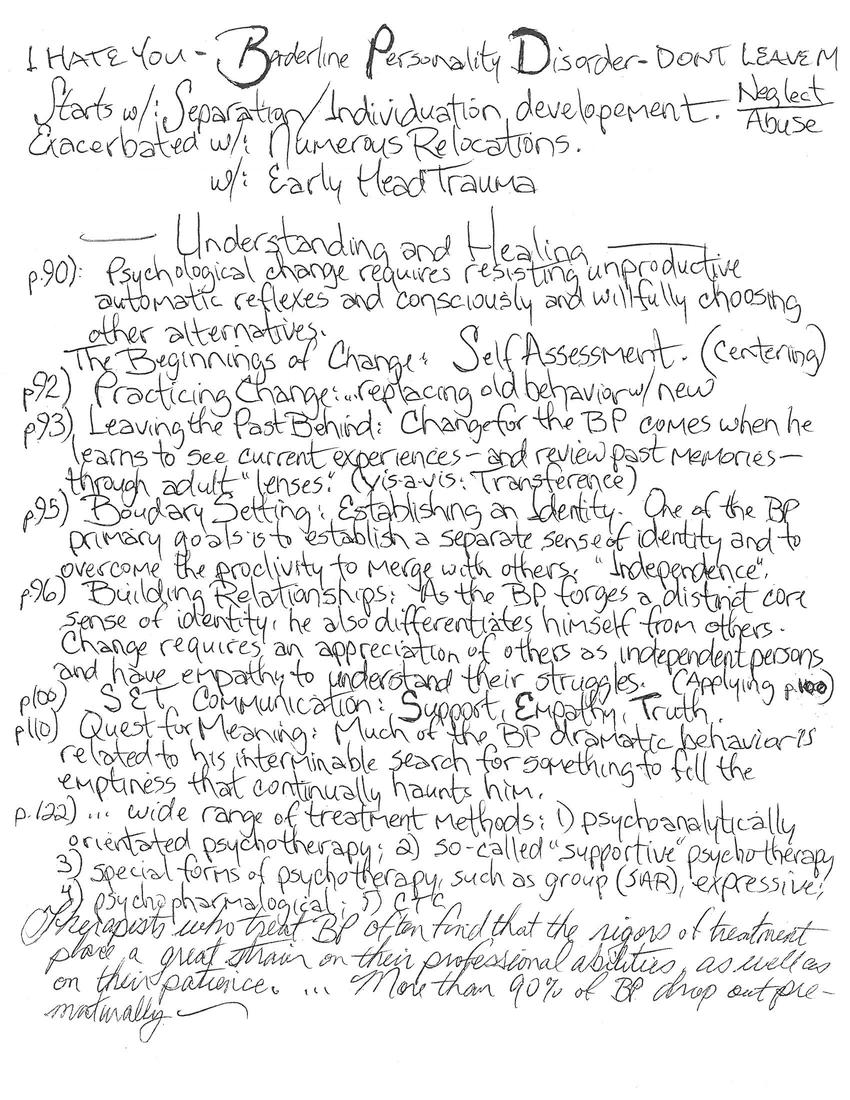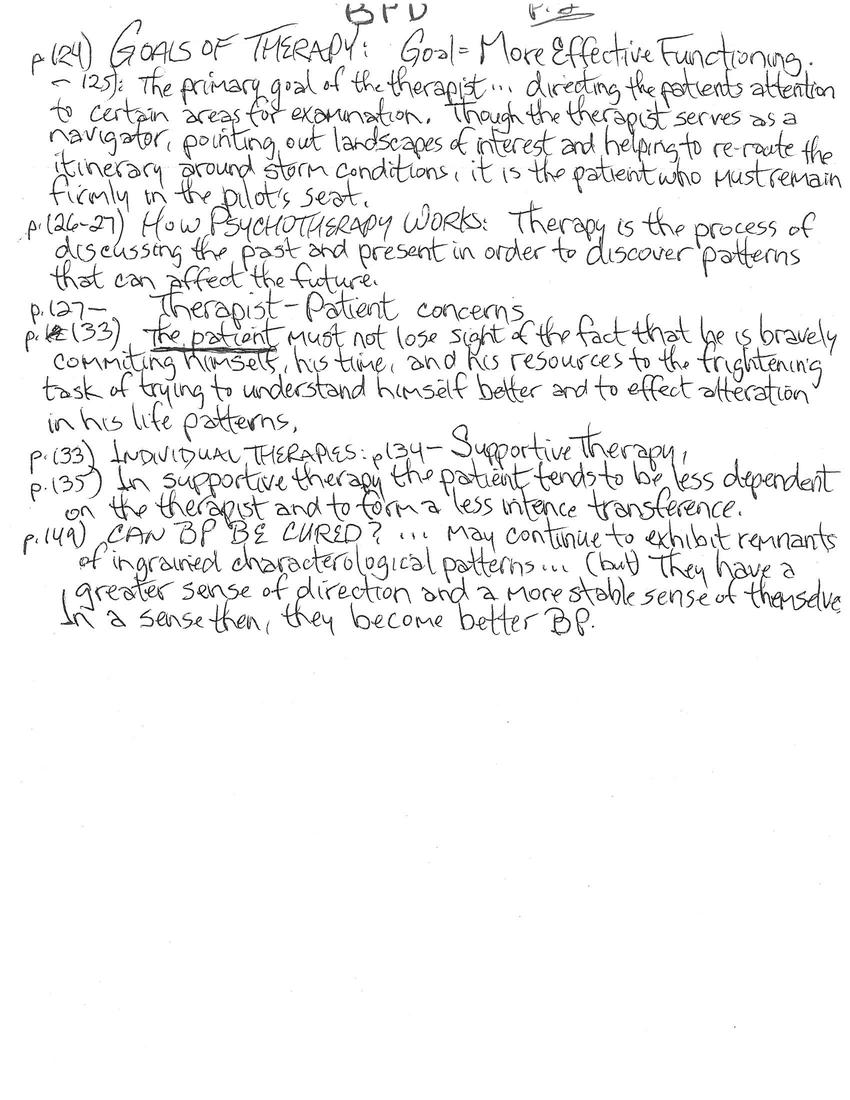
Transcription
I HATE YOU - Borderline Personality Disorder - DON'T LEAVE ME
Starts w/: Separation/individuation development. Neglect, abuse.
Exacerbated w/: numerous relocations, w/: early head trauma
-Understanding and Healing -
p.90): Psychological change requires resisting unproductive automatic reflexes and consciously and willfully choosing other alternatives.
The beginnings of change: self assessment (centering).
p.92) Practicing change: replacing old behavior w/new
p.93) Leaving the past behind: change for the BP comes when he learns to see current experiences - and review past memories - through adult "lenses". (vis-a-vis: transference)
p.95) Boundary setting: establishing an identity. One of the BP primary goals is to establish a separate sense of identity and to overcome the proclivity to merge with others. "Independence".
p.96) Building relationships: as the BP forges a distinct core sense of identity, he also differentiates himself from others. Change requires an appreciation of others as independent persons and have empathy to understand their struggles. (applying p.100)
p.100) SET communication: Support, Empathy, Truth.
p.110) Quest for Meaning: Much of the BP dramatic behavior is related to his interminable search for something to fill the emptiness that continually haunts him.
p.122) ...wide range of treatment methods: 1) psychoanalytically orientated psychotherapy; 2) so-called "supportive" psychotherapy; 3) special forms of psychotherapy, such as group (SAR), expressive; 4) psychopharmacological; 5) CTC.
Therapists who treat BP often find that the rigors of treatment place a great strain on their professional abilities, as well as on their patience. ... More than 90% of BP drop out prematurely.
p.124) Goals of therapy: Goal = more effective functioning.
p.125): The primary goal of the therapist... directing the patient's attention to certain areas for examination. Though the therapist serves as a navigator, pointing out landscapes of interest and helping to re-route the itinerary around storm conditions, it is the patient who must remain firmly in the pilot's seat.
p.126-27) How psychotherapy works: therapy is the process of discussing the past and present in order to discover patterns that can affect the future.
p.127 - Therapist-patient concerns.
p.133) THE PATIENT must not lose sight of the fact that he is bravely committing himself, his time, and his resources to the frightening task of trying to understand himself better and to effect alteration in his life patterns.
p.133) Individual therapies: p.134 - supportive therapy.
p.135) In supportive therapy, the patient tends to be less dependent on the therapist and to form a less intense transference.
p.149) Can BP be cured? ... may continue to exhibit remnants of ingrained characterological patterns... (but) they have a greater sense of direction and a more stable sense of themselves. In a sense then, they become better BP.
Other posts by this author
|
2023 may 31

|
2023 apr 5

|
2023 mar 19

|
2023 mar 5

|
2023 mar 5

|
2023 mar 5

|
More... |



Replies